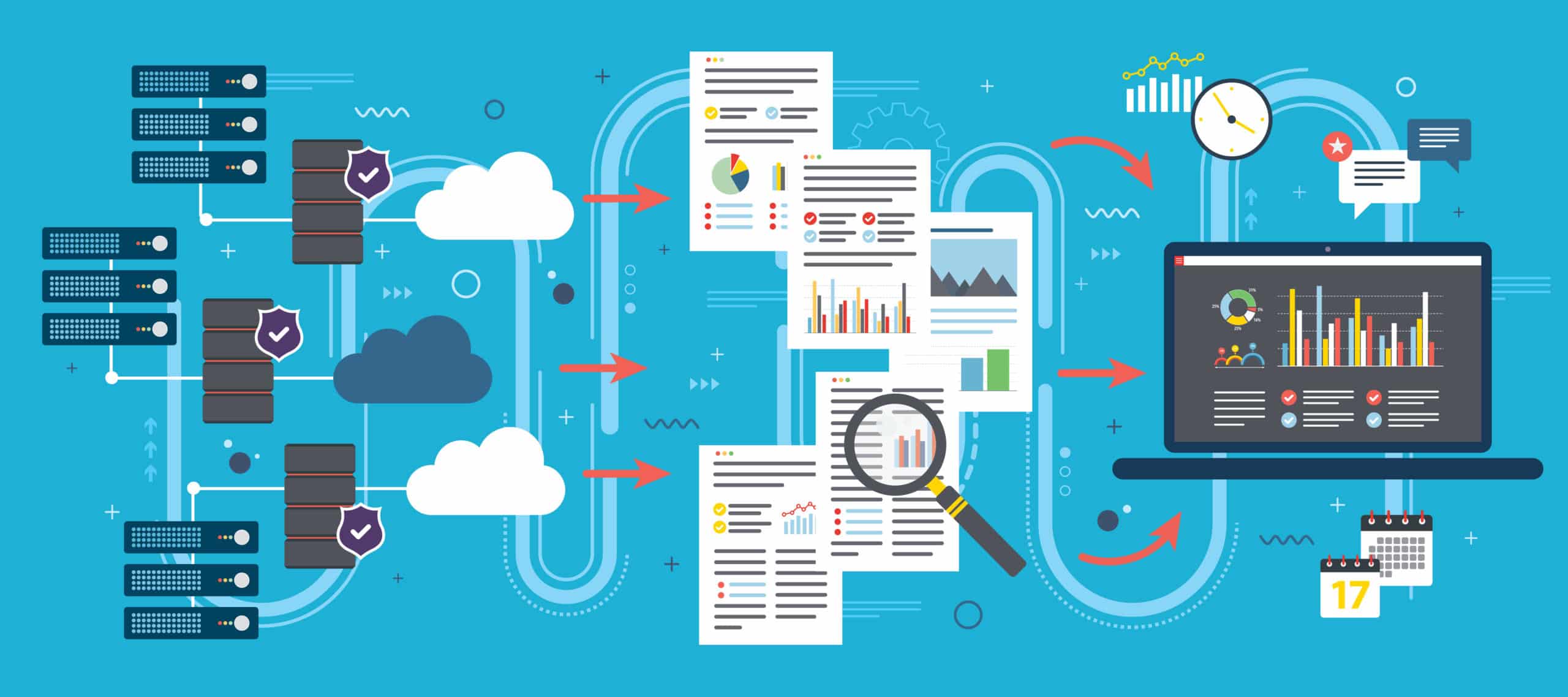There is a lot of talk about moving to the cloud among IT business leaders. However, despite the fact that cloud technology has existed since 2006 (and was invented in 1960), not everyone can say they have a clear idea of what the cloud is, what the cloud types are, the applications of the cloud, and so on. Further, many developers may feel they have their own on-premise servers and infrastructures, so why on earth would they want to suffer the pain of migration into the cloud? What are the benefits of moving to the cloud? How do security and privacy work in the cloud?
All of these questions are legitimate; businesses should not change their technology model just to embrace the latest tech. Migrating to the cloud, in fact, has many benefits for developers, which we will be discussing in today’s article, as well as answer some of the legitimate concerns of migration.
Cloud Compute versus Classic Compute
In this section we will cover some of the differences between classic computing and cloud computing and discuss software as a service (SaaS) and platform as a service (PaaS).
In the past, we used to download applications from the Internet and run programs on our physical computers and servers. Using cloud computing software as a service, there is no longer the headache of searching to download files, install them, and update the application when new features of bug fixes come out. Instead, users can just go ahead and enjoy using software online in a ready-to-use situation without ever needing to worry about application maintenance. That’s just one side of the cloud, however – there are many more elements to it.
When it comes to comparing platform as a service (PaaS), there are also many benefits over traditional computing. For example, with a cloud-based development platform, you can easily run and manage your applications and not have to be bothered with maintaining and updating all the hardware and software, including operating systems, storage, networking, databases, middleware, runtimes, frameworks, development tools, security, upgrades, backups, and more.
With regards to teams and user management in the cloud, cloud not only allows for multiple hierarchical organizations of team users (similar to classic computing architecture), but also enables developers to work in real-time, synchronized from anywhere in the world, which is certainly a benefit for the current and post-pandemic world.
In truth, we are already using many cloud services, even if we do not realize it explicitly. Posting on social media, checking online bank balances, writing in online document editor software, receiving and sending email, and so on.
Advantages of Cloud Computing
There are many businesses that have taken the leap to the cloud and are taking advantage of the benefits of cloud computing, which include reducing costs and increasing efficiency and income. Other benefits of migrating to the cloud include:
- Reducing infrastructure costs: Instead of purchasing your own expensive infrastructure, just pay for your actual use. It is usually expressed as capital expenditure vs operating expenses expenditure.
- Pay-as-you-go model: You can scale your usage up and down as you want without purchasing more hardware or leaving it unused.
- Migrate your database and even get your preferred legacy software to the cloud.
- Make your choice between private, public, hybrid, and multi-cloud as your needs dictate.
- Increasing business agility and letting your remote team work in real-time with the office team.
- Increase security: All cloud-based solutions have their security responsibility and all-in-one security solutions, such as the Zero-trust model, are standard in most offerings.
Facilitates digital and cloud transformation; they have their own plans to make migration easier. - Leveraging new technologies: The cloud environment capabilities enable more powerful, new-generation software and technologies such as AI and IoT.
- Keep your resources (hardware and software) up to date automatically with no downtime. Get constant, fast, and reliable performance.
- Access your resources from anywhere, whether your team needs to work from home or remotely.
- Keep your data safe in case of disaster; cloud has built-in backup and recovery plans and solutions thanks to its multi-zone servers.
How to Get Started with the Cloud
The first step to getting started in the cloud is to migrate your existing work from an on-premise based infrastructure to the cloud. But what is cloud migration? It is the moving process of your digital operations and assets, including any other legacy infrastructure, data, and software, to the cloud.
Here are some key features to look for when choosing a cloud provider:
- Productivity: search for the efficiency level that meets your business’s requirements.
- Security: make sure the cloud provider has a suitable security type for your data and overall requirements.
- Accessibility: ensure you can access your software from anywhere you want and from any device properly.
- Support: get a sense of their technical support team and its experiences; read plenty of reviews and testimonials.
- Conduct a careful cost-benefit study, especially if your sector still has not migrated.
- Get details of their cloud service and get to know the specifications of their infrastructure hardware and virtual machine technology.
- Take a free demo to make sure the solution works for your needs.
- Get help from other honest and proven cloud IT services experts and don’t try to migrate alone.
Read: Successful Cloud Migration with Automated Discovery Tools.


